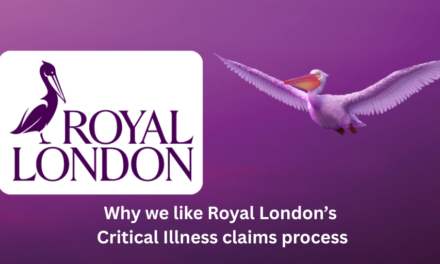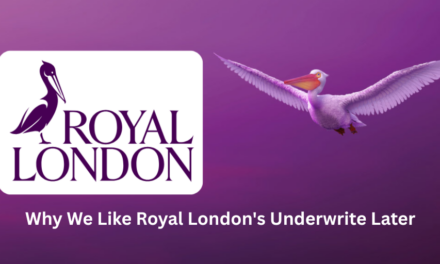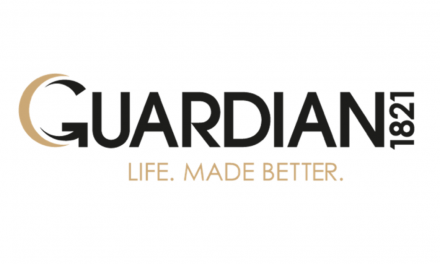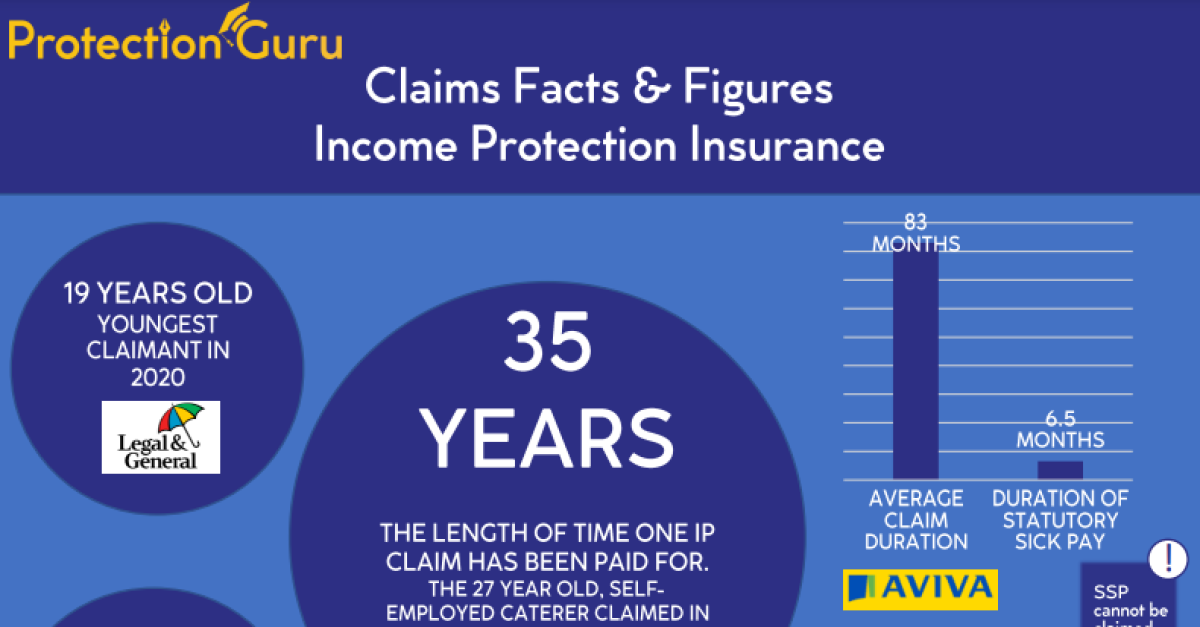
Individual protection underwriting limits – 4 things you should read

Understanding when and what medical evidence may be required when recommending a protection policy can be helpful in both setting client expectations and ensuring the application process runs smoothly. In todays ‘4 things you should read’, we bring together our insights on the four main types of personal protection insurance, looking at underwriting limits and what evidence may be requested as part of an application.
Income Protection Insurance
When it comes to non-medical underwriting limits, Income Protection Insurance tends to be the cover where advisers and their clients are most likely to come up against additional requirements. Where the insurer is, in many cases, providing long-term protection against the risk of ill-health or injury stopping someone from working, they may be liable for a susbtantial monthly income over many months and years. In that context insurers will want to fully understand the risk that are taking on and may be more likely to ask for further evidence compared to other protection plans. In this insight we looked at the underwriting limits and requirements for Income Protection.
Critical Illness Insurance
When advisers and their clients are applying for critical illness cover, assuming there are no medical disclosures as part of the application, insurers still need to assess the morbidity risk the applicant presents, especially if they are older or applying for a high sum-assured. Unlike Income Protection Insurance where the insurer is covering any number of different ailments or injury’s that result in someone being unable to work, potentially for many years, critical illness plans cover a limited and defined set of specific conditions. Because of this the threshold for requiring additional evidence tends to be slightly higher when applying for critical illness cover. In this insight we looked in more detail at when insurers request further medical evidence and what the requirements are.
Life Insurance
When offering a life insurance policy insurers will wish to assess the mortality risk presented by the applicant, i.e. the risk of them dying at any time during the term of the policy. If there are no medical disclosures made by the client as part of the application process, the insurer may nonetheless request further medical evidence to fully assess the risk, in the form of GP reports, nurse medicals or doctors examinations. Where life insurance is generally covering an event that is fortunately far less likely to happen for many people during the term of their policy, medical underwriting limits tend to be triggered at much higher sums-assured or for older clients. In this insight we examined when and what further evidence may be required when arranging life cover.
Family Income Benefit
Family Income Benefit is a sometimes overlooked, but very useful type of life insurance cover. The policy is the same as conventional life insurance except that the benefit is paid out as a regular income rather than a lump sum. For the family of the deceased, the regular income may be easier for them to manage compared to a single lump sum, particularly if the purpose of the policy is to cover household bills and living costs. In this insight we looked at how to calculate the non-medical underwriting limits for FIB.





















